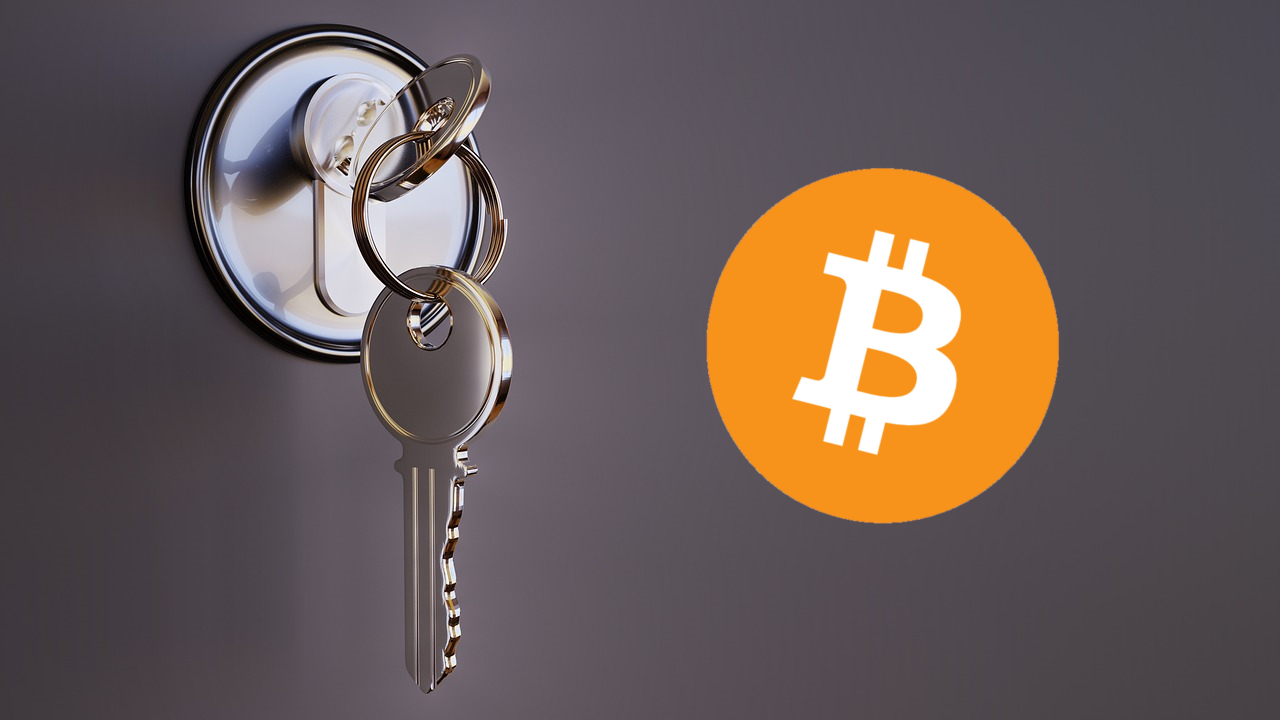How To Set Up Security For Your Online Bitcoin Wallet

Security concerns are some of the biggest reasons people shy away from investing in crypto. Moreover, since crypto is largely unregulated, people naturally lose confidence. However, there are ways to create a secure Bitcoin wallet online and keep them away from hackers out for your money. This way, you can continue using your crypto wallet without any worries. Let’s get started.
Top 5 ways to secure an online Bitcoin wallet:
1. Always use a trustworthy exchange
Recognize that certain exchanges are more secure than others before you do any transactions. You risk losing your assets if your cryptocurrency exchange is compromised because the majority of them are not required by law to protect your money in the event of a cyberattack. Selecting an exchange that follows security best practices, such as mandating multi-factor authentication (MFA) and demanding TLS/SSL encryption, is crucial for this reason.
2. Avoid public Wi-Fi
Avoid using public Wi-Fi to access your bitcoin accounts or online exchanges. Instead, use a VPN to mask your location and IP address. Any device may be used with a VPN to protect your data privacy and prevent eavesdropping or activity tracking. An encrypted tunnel is effectively created by a VPN, allowing you control over your data while maintaining the privacy and security of your online activities. Additionally, you should include this in all of your regular internet security procedures, not just for Bitcoin trading.
3. Store your crypto in a ‘cold’ wallet
Storing your cryptocurrency in a "cold" or hardware wallet is an excellent way to secure it. An access key to your money is stored in a cold crypto wallet, around the size of a USB drive. Of course, you can create your private key, but if you misplace it, you might not be able to access your investment. Never give anybody else access to your private key, and for best security, keep it physically locked up in a fireproof safe or safe deposit box.
4. Use MFA
With separate credentials based on a password, security tokens, and/or biometrics, MFA builds a layered defense for your account. Typically, you have two options when configuring MFA: SMS or two-factor authentication (2FA). In general, 2FA is preferable, since an attacker who obtains your SIM card can get the information. Call your operator straight away to deactivate your previous SIM card if your phone is stolen.
5. Regularly install updates
Keep your crypto wallet's software up to date on whichever device you use to access it. You may configure updates to be installed automatically. Ensure that your device, including any loaded applications, is up-to-date. Using endpoint security tools like anti-viruses and anti-malware is equally vital.
Conclusion
While maintaining the security of your cryptocurrency may seem like a lot of work, doing so is necessary to safeguard your investment from hackers. The easier it is for you to log in, the easier it will be for the hacker, too. It is therefore advisable to keep your cryptocurrency wallet as safe as possible.




